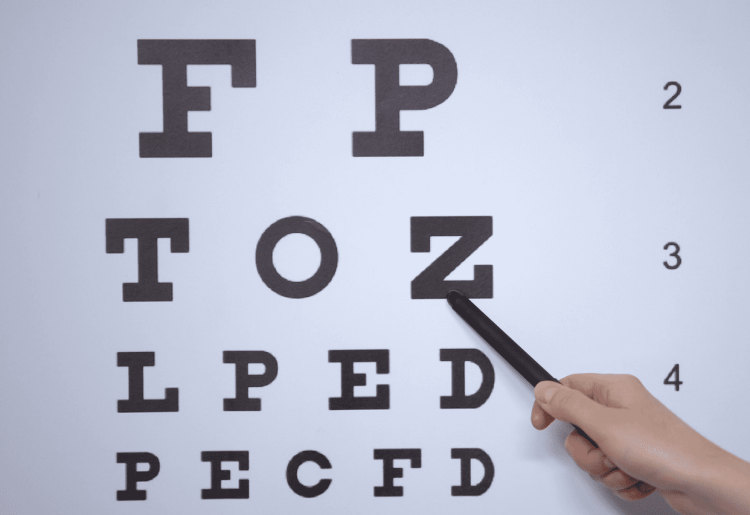Eye health is so important yet can be something that many of us take for granted until it’s too late. Parents really need to start paying better attention to our kids’ eyes.
A trip to the optometrist to check your kids’ eyes, can detect more than just vision problems. An eye exam can uncover more than 270 different medical conditions, including: diabetes, heart disease and stroke risk, as well as cataracts, glaucoma, or retinal disorders such as macular degeneration.
And of course, it’s not just older adults that need to get their eyes checked, children should get regular tests too.
According to the 2020 Vision Index, almost four in five (79%) Australian parents believe their children have great eyesight. However only 68% of Australian parents have taken their children to have their eyes examined by an optometrist.
Of those children who have visited an optometrist, one in three (35%) have required prescription glasses – contradicting most parents’ belief that there is nothing wrong with their kids’ eyes and vision.
Thursday 8 October was World Sight Day and acts as a reminder for all Australians to visit their optometrist to get their eyes checked. For mums, taking your kids’ eyes to be checked from a young age is important to ensure their eye health is maintained and in good order.
We spoke to Narelle Hine from HineSight Optometrist about eye health in children.
When should kids first visit an optometrist?
I recommend a routine first eye examination from the age of 4 years for all children, earlier if the parents suspect their child’s eye movement and appearance is not normal. By four, most children can at least read numbers on a chart and even more young children these days can read, which allows more accurate testing, especially of their near focus ability.
Fortunately, 90% of four-year-old children have normal test results for their age in chart reading, eye muscle co-ordination and health of the internal eyes. Ensuring good vision ability before starting school is important because 80% of what children learn is visual.
Is bad eyesight genetic?
Risk factors for children developing poor vision are heavily related to the parents’ vision and eye health because so much about vision is genetic inheritance. If for example, both parents are short sighted (myopic) your child has at least a 70% chance of becoming short-sighted too.
Environment factors may also lead to children developing myopia, including too much screen time and not enough time spent outdoors.
How often should parents get their kids’ eyes tested?
I suggest monitoring for change by testing your child every 1 to 2 years, depending on their test results. However, don’t take a chance thinking that your child will tell you if they can’t see, generally they don’t realise that they have a problem in the first place.
What if my kids’ eyes and vision is getting worse and worse?
If your child is developing increasing myopia (short-sightedness) and needing thicker lenses every year, I prefer early intervention with new contact lens-based therapies centred on Myopia Control. Glasses alone are proving not to slow vision demise in children whereas the myopia control contact lenses do.
Narelle Hine runs her own practice HineSight Optometrist in the City of Sydney. She has extensive experience in clinical eye care and disease screening, contact lens prescribing and relieving the chronic visual fatigue of screen users. She regularly presents continuing education topics at Optometry conferences around Australia and retains a strong interest in contact lens research. Narelle Hine is working with Johnson & Johnson VISION to promote World Sight Day (8th October 2020).
How often do you get your kids’ eyes tested? Tell us in the comments below.






















9:26 am
3:26 pm
11:30 pm
8:26 am
-

-
-
Ellen replied
- 18 Oct 2020 , 10:24 am

Reply2:22 pm
7:31 am
-

-
-
mom176887 replied
- 17 Oct 2020 , 7:32 am
Reply7:15 am
11:47 pm
8:27 pm
10:28 pm
11:09 pm
-

-
-
Ellen replied
- 14 Oct 2020 , 5:35 am

Reply7:37 pm
11:00 am
5:30 am
10:22 pm
-

-
-
Ellen replied
- 18 Oct 2020 , 10:27 am

Reply7:54 pm
6:56 pm
5:14 pm
2:44 pm
2:15 pm
-

-
-
mom93821 replied
- 13 Oct 2020 , 3:38 pm
Reply- 1
- 2
- »
Post a commentTo post a review/comment please join us or login so we can allocate your points.